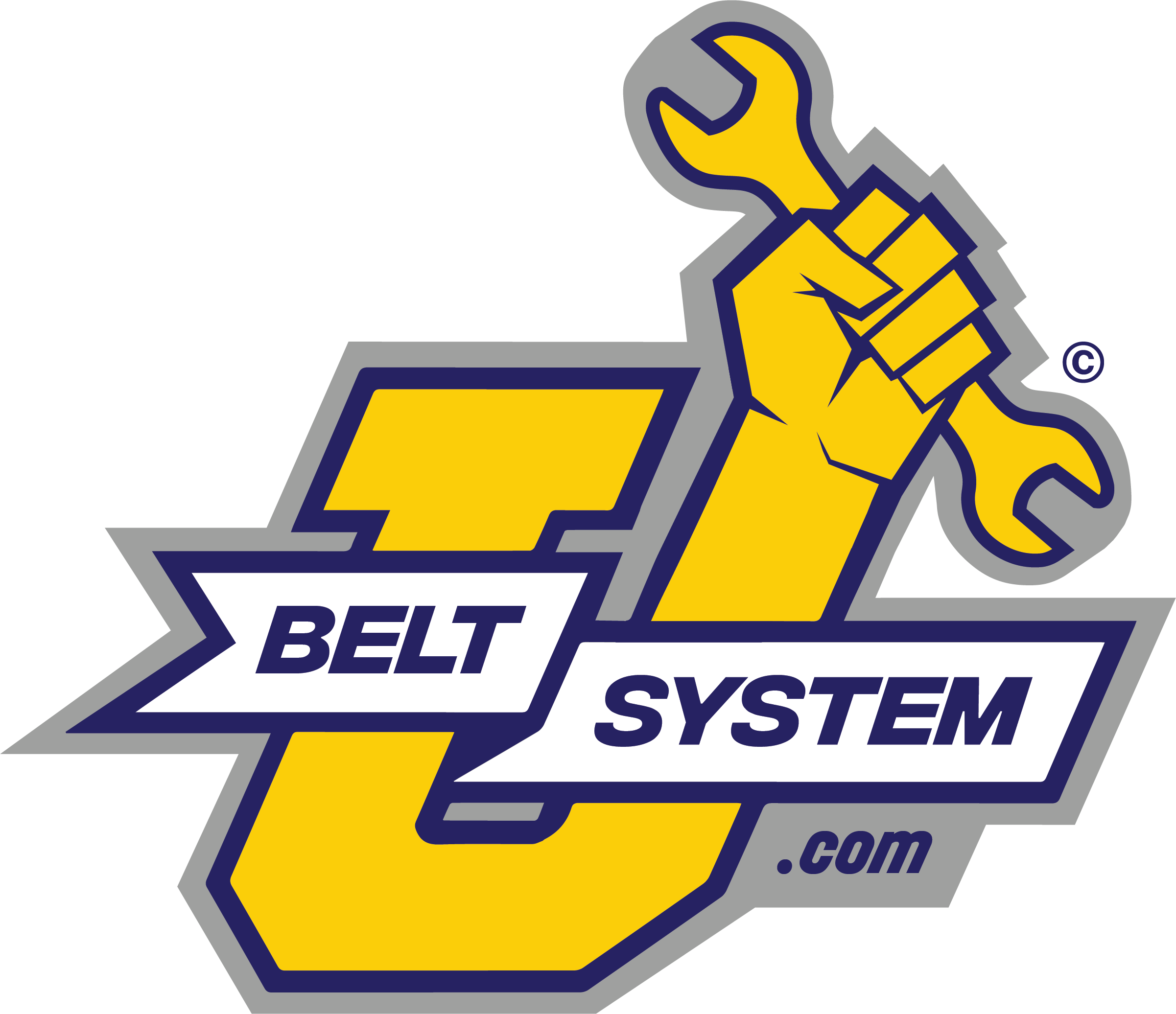Cars, trucks, and SUVs have belt and pulley systems to drive many of the components in your vehicle’s engine. The inside of the belt has small ribs or grooves on it which help it to keep it in the correct location on the pulleys and to increase the drive friction. The outside of the belt is generally smooth.
A serpentine belt drives many of the components that in many years past, around the 1990s, vehicles had separate drive belts on them. Today, the serpentine belt drives the alternator, power steering, air conditioning, water pump, and air pump. Using one single belt takes up less room in the engine compartment of the older models.
What Causes Serpentine Belt Squealing?
A serpentine belt lasts about 50 to 100 thousand miles before it malfunctions, but it may fail prematurely at times if it’s not maintained properly or in extreme environmental temperatures. A squeal under the hood could be a faulty belt that is misaligned, slipping, or at the end of its life. A squealing noise can also mean that a pulley or auxiliary device the belt drives is faulty.
How to Diagnose a Squeal
The best way to diagnose a squeal is to examine the belt and all the components it drives under the hood. Start by raising the hood and leaving the engine off. Look at the belt for cracks or splits and look for fraying on the edges of the belt. Notice if there are any shiny or wet areas on the belt that may be caused by leaking fluids. If the belt is worn, it needs to be replaced.
Check the belt tension by pushing down on the belt halfway between two pulleys. It should only move down about 1/2 inch. Slide the belt along the pulleys with your hand. You shouldn’t be able to turn it more than 1/2 way or it’s too loose. If your belt is too loose, you can adjust the tensioner bolt to tighten the belt and get rid of the squeal.
Check the alignment of the pulleys. If one is not aligned with the next one the belt travels to, then it needs to be adjusted to remain in alignment. All pulleys and shafts should be parallel to each other and all at the same angle.
Loosen the belt to check the bearings on the attachments and pulleys. They should all spin freely and quietly without grinding or friction, which indicates that the bearings are worn and need replacing.
Do the water spray test. Crank the engine and let it idle. Spray water from a squirt bottle on the inside grooved area of the belt just ahead of where the belt touches a pulley. If the squeal increases in volume, the belt is either loose or worn or both and needs replacing. If the noise stops and then returns to the same volume, it’s a misaligned pulley or a worn belt. If the belt doesn’t appear worn, then it’s the pulley. If the noise doesn’t change after the water spray test, it may be a failing auxiliary pump or motor. Squirt water on the top smooth side of the belt. If the noise changes, your belt is worn and needs replacing.
ACDelco Gold K040378HD Heavy Duty V-Ribbed Serpentine Belt
$22.50 (as of July 26, 2024 15:42 GMT -04:00 - More infoProduct prices and availability are accurate as of the date/time indicated and are subject to change. Any price and availability information displayed on [relevant Amazon Site(s), as applicable] at the time of purchase will apply to the purchase of this product.)ACDelco GM Original Equipment 12576447 V-Ribbed Serpentine Belt
$20.52 (as of July 26, 2024 15:42 GMT -04:00 - More infoProduct prices and availability are accurate as of the date/time indicated and are subject to change. Any price and availability information displayed on [relevant Amazon Site(s), as applicable] at the time of purchase will apply to the purchase of this product.)Main Drive Serpentine Belt KBR-5070723 For 2008-2012 Honda Accord 2.4L
$20.67 (as of July 26, 2024 15:42 GMT -04:00 - More infoProduct prices and availability are accurate as of the date/time indicated and are subject to change. Any price and availability information displayed on [relevant Amazon Site(s), as applicable] at the time of purchase will apply to the purchase of this product.)How to Quiet a Squeaky Belt
If the squealing noise is really getting on your nerves, you may be able to temporarily quiet the noise while getting the vehicle home or to a shop to fix it. Aerosol belt dressing has a tacky ingredient or a lubricant in it. They may make the rubber more supple to end the squealing noise.
You can rub a bar of soap onto the ribbed side of the belt. In the case that the pulley itself is oily, dirty, or greasy, it may stop the squealing. You will need to find the source of the contaminant on the pulley and correct that problem of a leaking substance or you will be replacing your belt often.
You can align and tighten the belt at the tensioner. If the problem was only a loose or misaligned belt, then this would solve the squealing as a long-term fix.
Replace the belt if it looks thin, frayed on the edges, or has cracks in it.
If you determine the culprit of the noise is a bearing that’s defective, then the bearings in the component will need to be replaced, or, for the sake of time, you can replace the component.
These tips should help you to determine what is causing those annoying squeals under the hood of a vehicle and can help you to identify and correct the issue.













